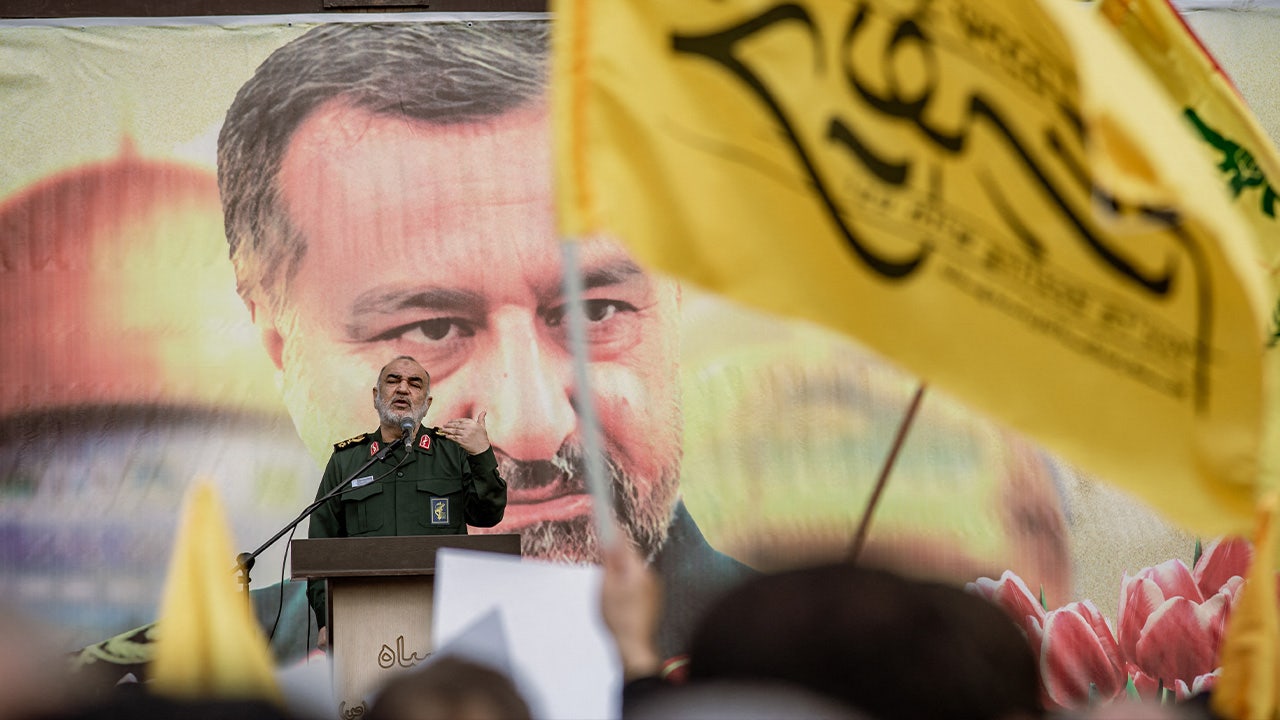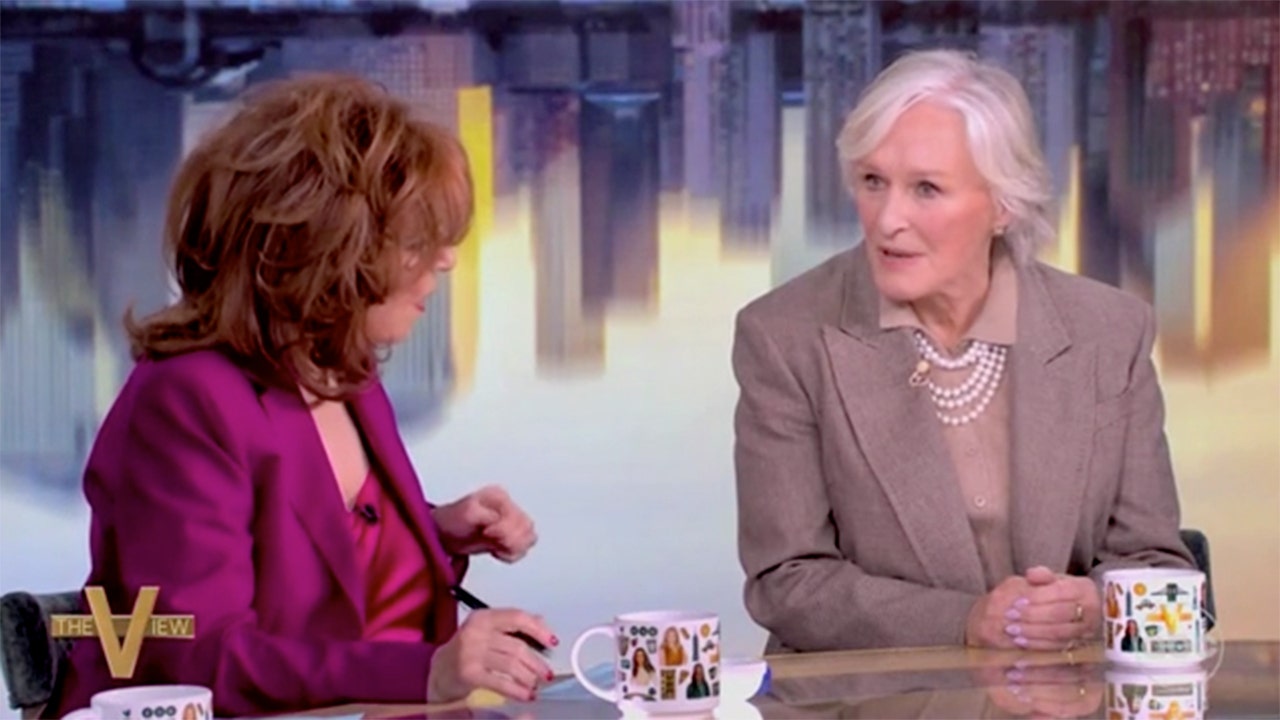In the ever-evolving landscape of contemporary art, artists are constantly pushing the boundaries of what’s possible by fusing traditional mediums with modern technology.
One artist leading the charge is Michael van Straaten, whose work represents a harmonious blend of physical and digital techniques.
By merging the age-old practices of watercolor painting and ink with the latest in fluid-dynamics simulations, van Straaten creates pieces that feel both familiar and futuristic—a true testament to innovation in the arts.
Shotgun Pistol – No FFL Required, Shipped Directly To Your Home
Van Straaten’s work is nothing short of mesmerizing.
At first glance, his paintings seem like meticulously crafted abstract watercolors, where soft hues blend seamlessly together, giving the impression of a flowing river or an ever-changing sky.
But look a little closer, and it becomes clear that there’s more at play.
The organic nature of water and ink is enhanced by digital manipulations, making each piece feel alive, as if the colors are still moving and transforming before your eyes.
The integration of fluid-dynamics simulations allows van Straaten to explore new dimensions in his work. Fluid dynamics, a branch of physics that studies the behavior of liquids and gases, offers a perfect complement to the unpredictable nature of watercolor and ink.
The result, according to van Straaten, is “a kind of controlled chaos” where the artist has the power to direct the flow of the medium while still allowing for serendipitous moments. As he explains, “I love the balance between losing control and then gaining it back. The simulations let me play in that space where fluidity is dictated, but still has the chance to surprise.”
This marriage of the physical and digital realms is not just about aesthetics for van Straaten—it’s about pushing the boundaries of what art can be.
“There’s something really exciting about the intersection of traditional and digital mediums,” he says.
“Watercolor has this inherent unpredictability to it, but with the digital simulations, I can experiment with forces like gravity and viscosity in ways that would be impossible by hand.”
One particularly captivating aspect of his work is how it challenges our perceptions of both mediums.
The physical application of watercolor and ink grounds his art in something tactile and familiar, while the fluid-dynamics simulations add an element of digital wonder.
It leaves viewers questioning whether they are looking at something created by human hands, by nature, or by a machine.
This fusion is not just an artistic choice—it reflects van Straaten’s broader philosophy about art in the digital age.
“We live in a world where technology and nature coexist and influence each other all the time,” he notes. “Why not reflect that in the art we create?” Indeed, his work feels like a visual metaphor for the world we live in, one where the natural and digital worlds are constantly converging and evolving.
The artist’s process is equally fascinating. He begins with traditional watercolor and ink techniques, often allowing the paint to flow freely across the paper. Once the physical piece is created, van Straaten digitizes the artwork and introduces it into fluid-dynamics simulations.
Here, he has the power to manipulate the medium further—altering the speed, flow, and direction of the “digital water” to craft something entirely new. Each piece is a careful balance of intentionality and spontaneity, where both the artist’s hand and the simulations play a crucial role in the final result.
Michael van Straaten’s work is a compelling example of how art and technology can come together to create something truly unique.
By combining the unpredictability of traditional mediums with the precision and control of digital simulations, he invites viewers to experience a world where nature and technology blend seamlessly, challenging us to reconsider our understanding of both.
As the lines between the physical and digital continue to blur in our everyday lives, van Straaten’s art feels like a timely reflection of this new reality.
In his own words: “The future of art isn’t about choosing between the old and the new—it’s about finding ways to bring them together.” Van Straaten has certainly found his way, and the result is, quite simply, awesome.
WATCH THE VIDEO:
The opinions expressed by contributors and/or content partners are their own and do not necessarily reflect the views of LifeZette. Contact us for guidelines on submitting your own commentary.
Read the full article here





![National Security Threatened as Senate Democrats Delay Tulsi Gabbard Confirmation [WATCH] National Security Threatened as Senate Democrats Delay Tulsi Gabbard Confirmation [WATCH]](https://www.lifezette.com/wp-content/uploads/2025/01/2025.01.08-03.56-lifezette-677ea0337ab37.jpg)




![Adam Schiff Can’t Wait to Launch Another Trump Impeachment Push [WATCH] Adam Schiff Can’t Wait to Launch Another Trump Impeachment Push [WATCH]](https://www.lifezette.com/wp-content/uploads/2024/11/2024.11.26-02.05-lifezette-6745d5926a83c.jpg)